 Fred's ImageMagick Scripts
Fred's ImageMagick Scripts
Copyright © Fred Weinhaus My scripts are available free of charge for non-commercial (non-profit) use, ONLY. For use of my scripts in commercial (for-profit) environments or non-free applications, please contact me (Fred Weinhaus) for licensing arrangements. My email address is fmw at alink dot net. If you: 1) redistribute, 2) incorporate any of these scripts into other free applications or 3) reprogram them in another scripting language, then you must contact me for permission, especially if the result might be used in a commercial or for-profit environment. Usage, whether stated or not in the script, is restricted to the above licensing arrangements. It is also subject, in a subordinate manner, to the ImageMagick license, which can be found at: http://www.imagemagick.org/script/license.php Please read the Pointers For Use on my home page to properly install and customize my scripts. |
|
Creates a branded effect in a wood grain image using a binary image as the brand. |
last modified: December 16, 2018
|
USAGE: woodbrand [-b blur] [-m motionblur ] [-n negate] [-B brighness] [-S saturation]
[-H hue] infile bgfile1 [bgfile2] outfile
-b ... blur ......... inner blur amount; integer>=0; default=5 PURPOSE: To create a branded effect in a wood grain image using a binary image as the brand. DESCRIPTION: WOODBRAND creates a branded effect in a wood grain image using a binary image as the brand. The white part of the binary input image will be the branded area in the wood grain bgfile1. An optional bgfile2 may be used for the branded region. The blur provides a symmetric inner blur. The motion blur adds a directional blur to add a lighting effect. The brighntess, saturation and hue modify the wood grain bgfile1 to darken it for the brand. Alternately, an optional second, bgfile2, may be used to change the texture and color in the branded area in place of the brightness, saturation and hue. ARGUMENTS: -b blur ... BLUR is the inner blur amount. Values are integers>=0. The default=5. -m motionblur ... MOTIONBLUR amount. Values are integers>=0. The default=10. -n negate ... NEGATE (invert) the binary input image. The choices are: yes (y) or no (n). The default=no. -B brightness ... BRIGHTNESS amount for the branded area. Values are integers>=0. The default=35. A value of 100 is no change. -S Saturation ... Saturation amount for the branded area. Values are integers>=0. The default=100 (no change). -h hue ... Hue amount. Values are integers>=0. The default=100 (no change). Values vary between 0 and 200 for a full 360 degree hue change. Values larger than 100 shift the hue towards green and values smaller than 100 shift the hue towards the blue. NOTE: This script is not designed for images with transparency. CAVEAT: No guarantee that this script will work on all platforms, nor that trapping of inconsistent parameters is complete and foolproof. Use At Your Own Risk. |
|
Example 1 |
|
Original Image |
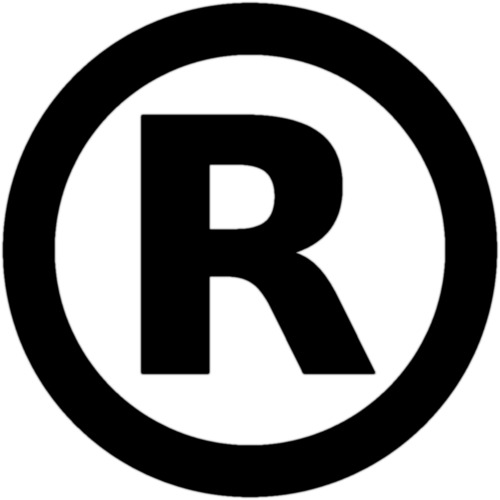
|
|
Original Background Image |

|
|
Arguments: -b 5 -m 10 -n yes -B 40 -S 100 -H 100 |
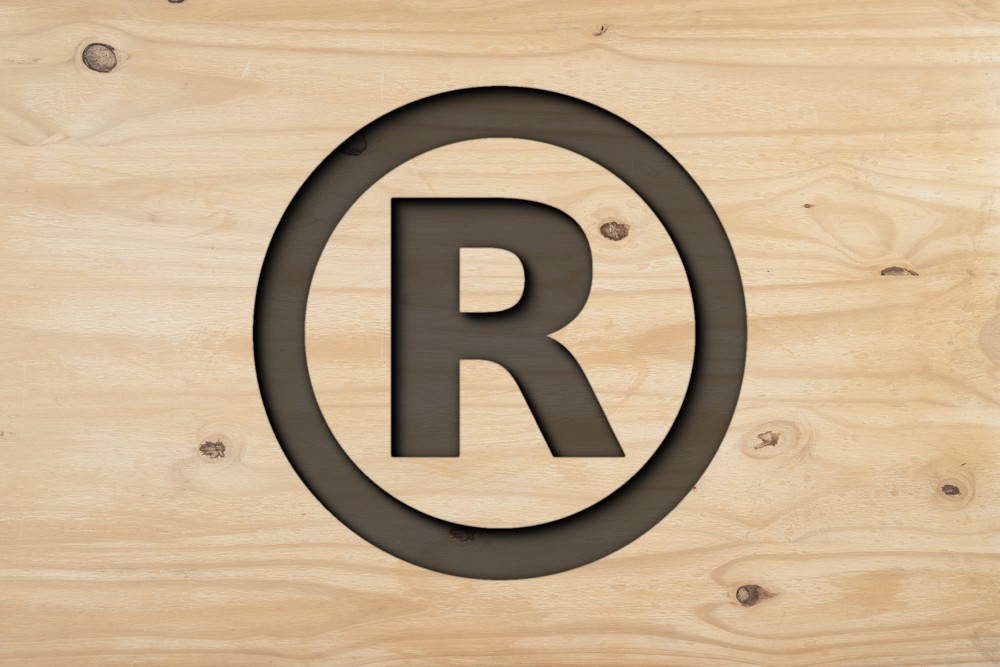
|
|
Arguments: -b 5 -m 10 -n yes -B 40 -S 100 -H 80 |
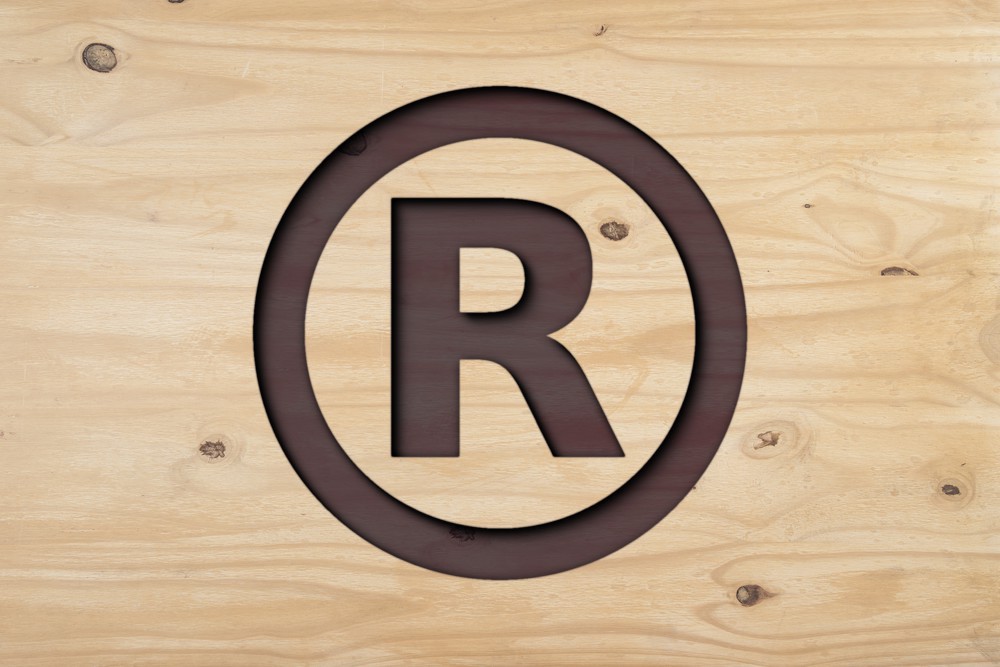
|
|
Example 2 |
|
Original Image |

|
|
Original Background Image 1 |

|
|
Original Background Image 2 |

|
|
Arguments: -b 5 -m 10 -n yes -B 110 -S 100 -H 100 |
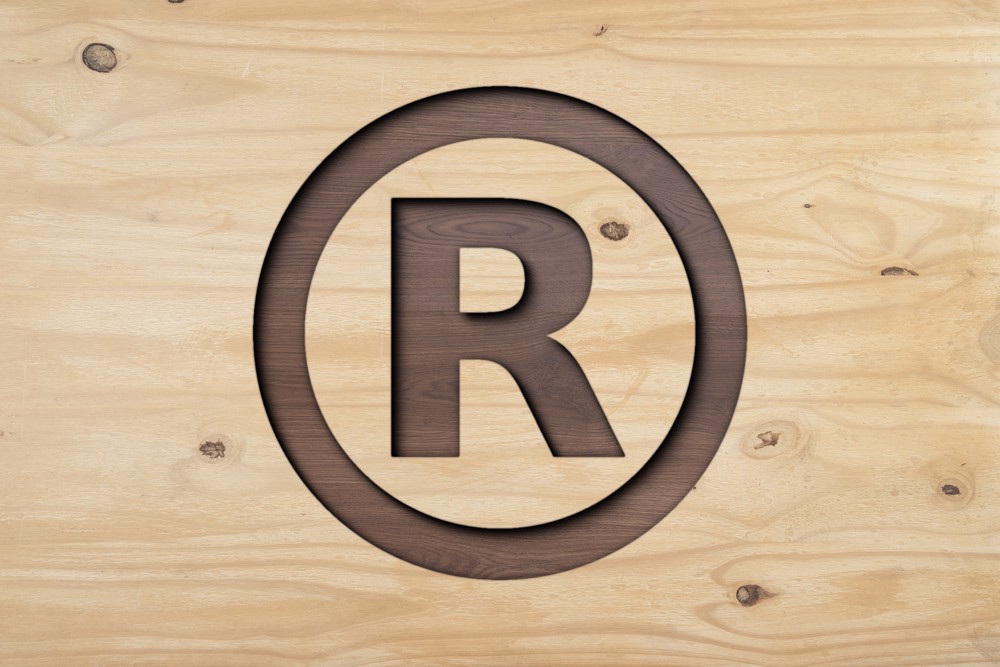
|
|
Arguments: -b 5 -m 10 -n yes -B 110 -S 100 -H 90 |
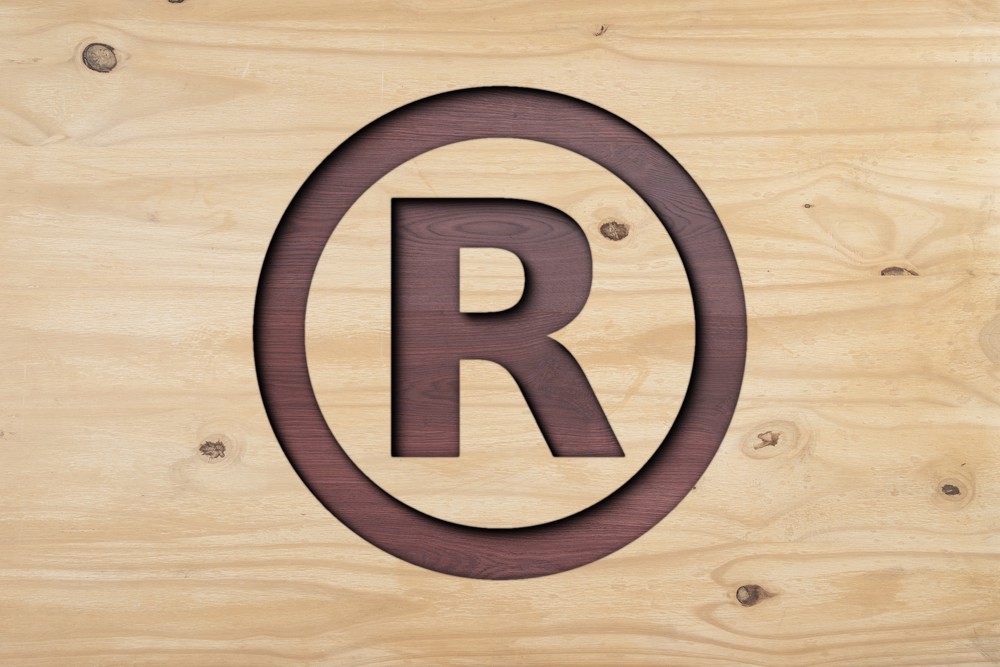
|
|
What the script does is as follows for one bgfile:
|